Best
Violin for Beginners
-
Overall: Bold, bright tone, rich sounds with high-standard components of Ebony, Spruce, and Maple
-
Best Feature: No tuning worries with the easy-to-use Wittner adjusters
-
TedScore™: 9/10
Best
Overall Violin
Professional Violin Master Level Violin
-
Overall: Designed by master luthier Thomas Boehme
-
Best Feature: built in and around a finely grained spruce top for optimal sonic performance
-
TedScore™: 9/10
Best
Affordable Violin
Full Size High-end Features at an Entry-level Price
-
Overall: Fantastic build quality and a brilliant natural finish
-
Best Feature: Hand-carved maple and spruce body
-
TedScore™: 8.5/10
As a professional player, the violin has always been a masterpiece of acoustic design. Having been able to use it and know its capabilities, it’s truly more than just a string instrument.
I still find it amazing that this single piece of craftsmanship can produce various sounds that define genres from classical to folk.
Looking at it and trying to understand the diagram of the violin can be hard to grasp.
It may look simple on the outside, but somehow, we all know that inside the violin is an intricate design, each with a specific purpose.
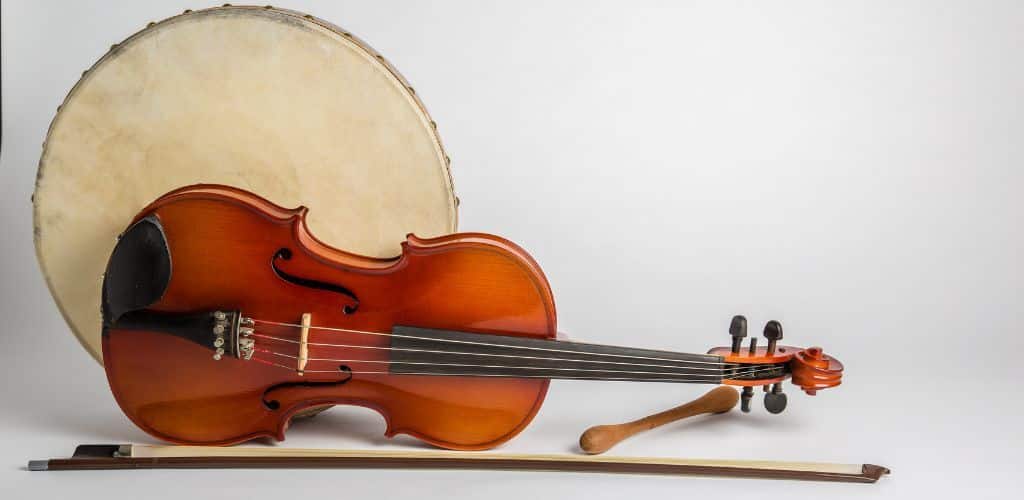
Knowing the different parts of a violin is essential if you’re curious about the instrument or want to become a violinist (you could be the next Mozart!).
It may sound overwhelming and complicated, but don’t worry!
In this article, you’ll learn about all the violin parts you need to know, from the bridge to the sound post and the fingerboard.
Each component plays a critical role in the violin sound production.
Grasping the mechanics of these violin parts will not only give you insights into the violin’s construction. Still, it will also enrich your appreciation for the skill you are about to embark on.
Anatomy of the Violin
Knowing the different parts of the violin is vital to understanding how it works (and appreciating its intricate craftsmanship!).
Upper Part of the Violin
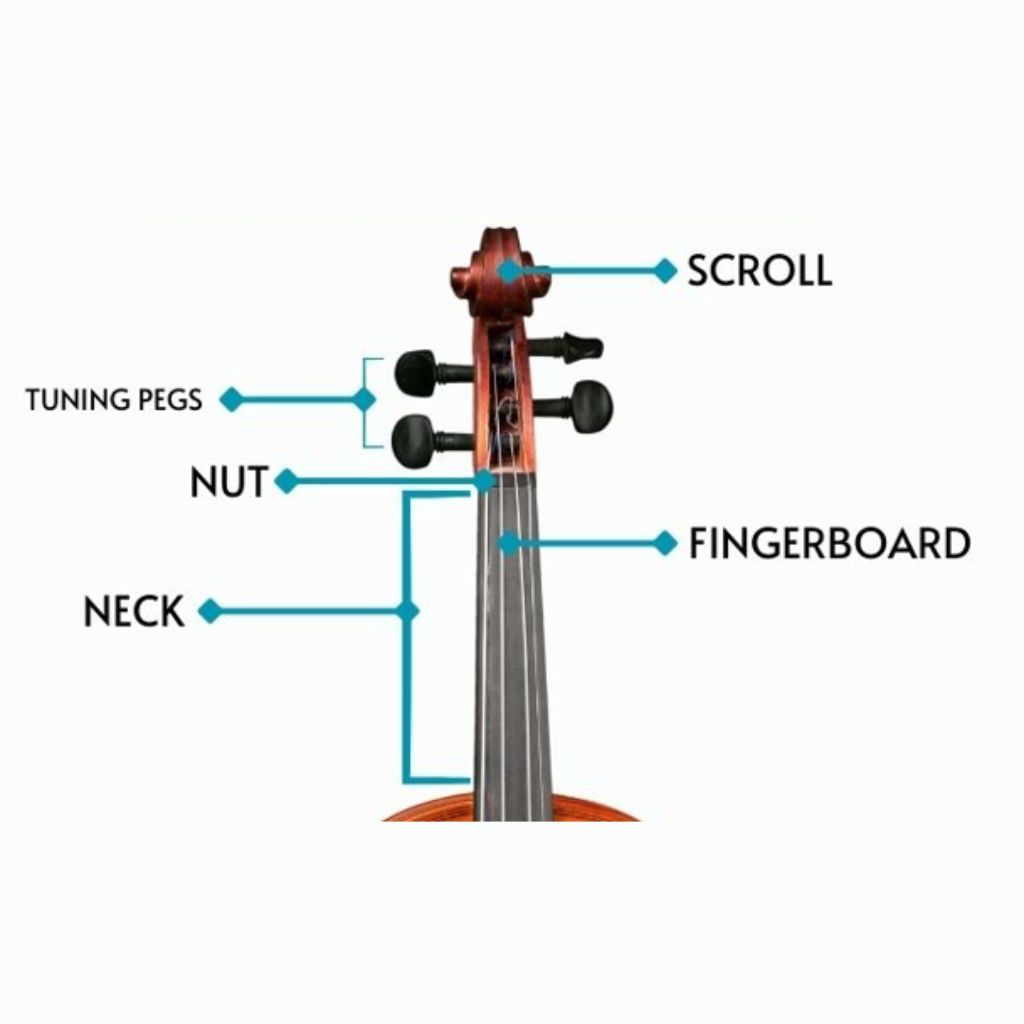
SCROLL
The Scroll at the top of the violin is purely decorative and serves as an elegant finish. You can consider it the violin’s personality, but right below it is the pegbox, where the strings run through the tuning pegs.
TUNING PEGS
Turn the four tuning pegs in the tuning peg box to adjust the string tension and tune the strings (because sometimes the strings get out of tune!).
These minor adjustments will give your strings the correct tune they need, letting your violin have the perfect pitch!
FINGERBOARD
The fingerboard, typically constructed from hardwoods like ebony, is where your fingers play. This is where you do the fingering position in violin playing.
NUT
The nut is the small piece of wood at the junction of the pegbox and the fingerboard that the strings rest on.
NECK
The neck holds the fingerboard, ensuring stable support for precision in play.
Violin Body
The violin’s body, usually crafted from maple wood, is the chamber of the whole instrument where the sound produced by the strings is amplified.
The top plate, usually spruce, vibrates with each note played and is essential for sound quality.
A small wooden dowel inside the violin positioned under the bridge helps transmit sound from the top to the back of the instrument.
These are shaped sound holes on the top of the violin body, allowing the bow hair overall sound to project.
The primary function of the bridge, the tiny wooden edifice that supports the strings in the middle of the body, is to transfer the vibrations to the violin’s body.
Connected by the tailgut, the tailpiece holds and anchors the strings at the bottom of the violin.
This is where a player rests their chin and jaw, making them comfortable when playing.
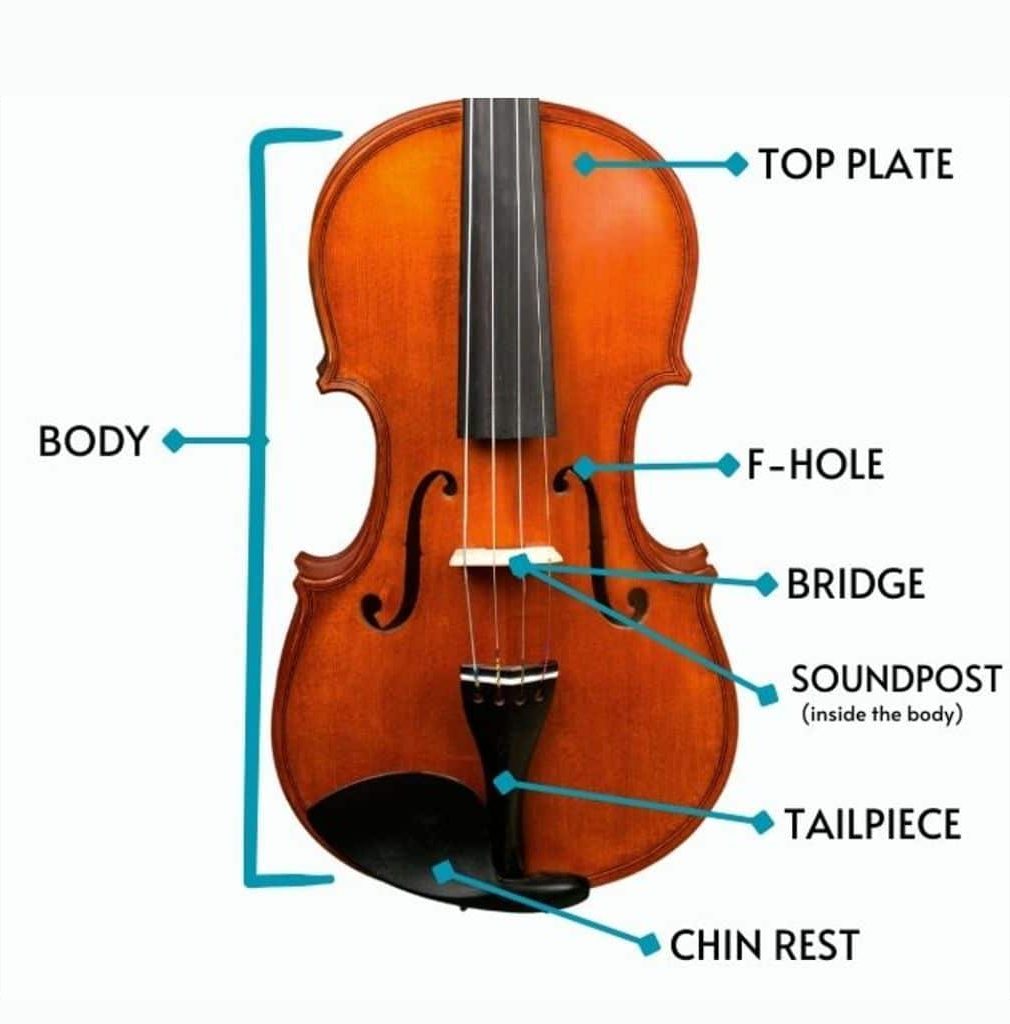
Sound Production
and Acoustics
You now have an idea of all the violin parts!
The next thing you would want to know is the sound production and acoustic of the violin. As an aspiring violinist, knowing how your instrument produces its melodies would help you appreciate it even more.
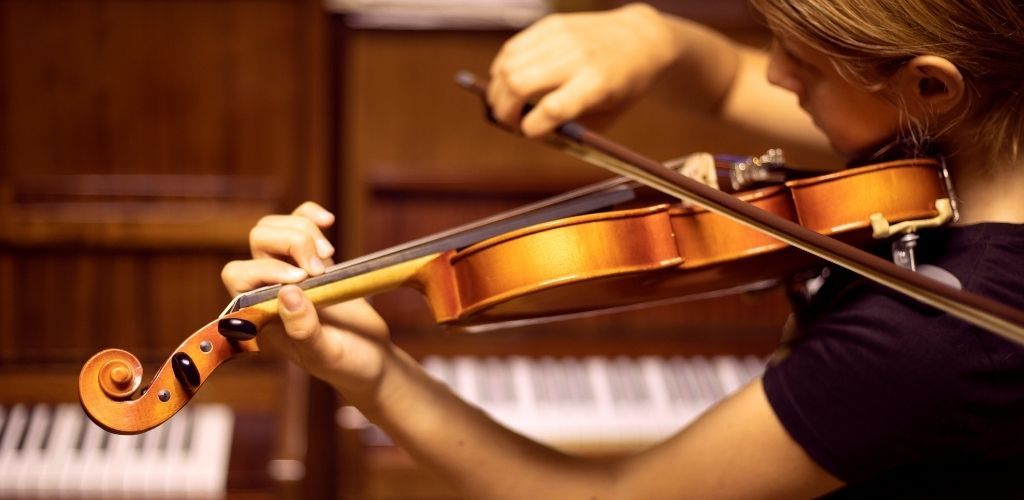
Producing Sound
When you draw your violin bow across the strings, these produce vibrations, which travel through the air as sound waves.
The different strings on your violin will produce various violin sounds at various frequencies; each string gives different sound registries whenever you cause it to vibrate!
This is because each string has a unique thickness and length, which makes a specific vibration rate.
Understanding Acoustics
So, how do the vibrations come out as a sound? This is where the violin body comes in handy.
The violin body is designed to be a natural amplifier for these vibrations. As the strings vibrate, so does the bridge, and these vibrations transfer to the top of the violin, known as the soundboard.
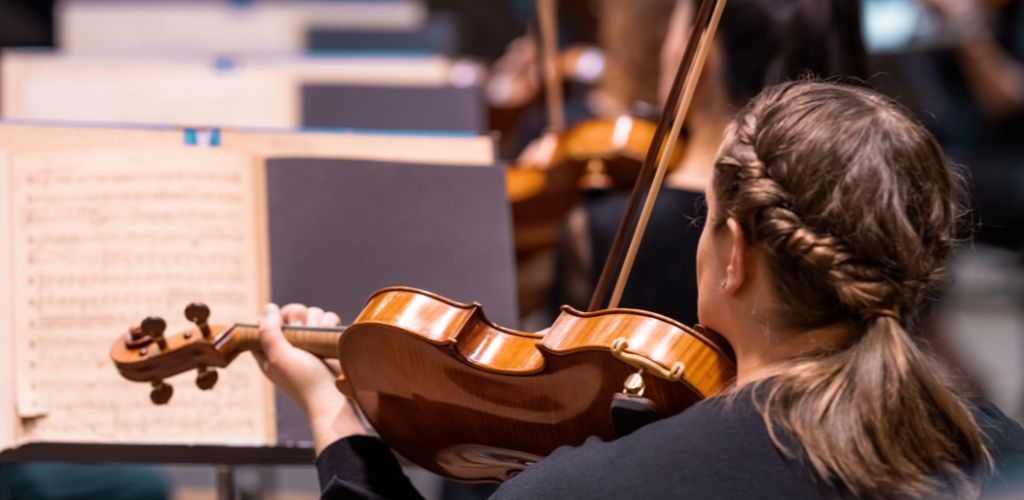
Inside, the sound waves bounce around, increasing in energy and volume, and are projected outward through the f-hole.
This is also where the differences in acoustic quality begin to bloom. The soundboard’s wood, age, and shape all contribute to the color of the sound you produce.
By playing with different positions and bowing techniques, you can alter these harmonics, making your violin, in essence, like an echo chamber, enriching each note with depth and character.
Tuning and Maintenance
Like any other person, your violin also needs a bit of Tender Loving Care! It is essential to keep your instrument well-maintained and rightly tuned.
Tuning Process
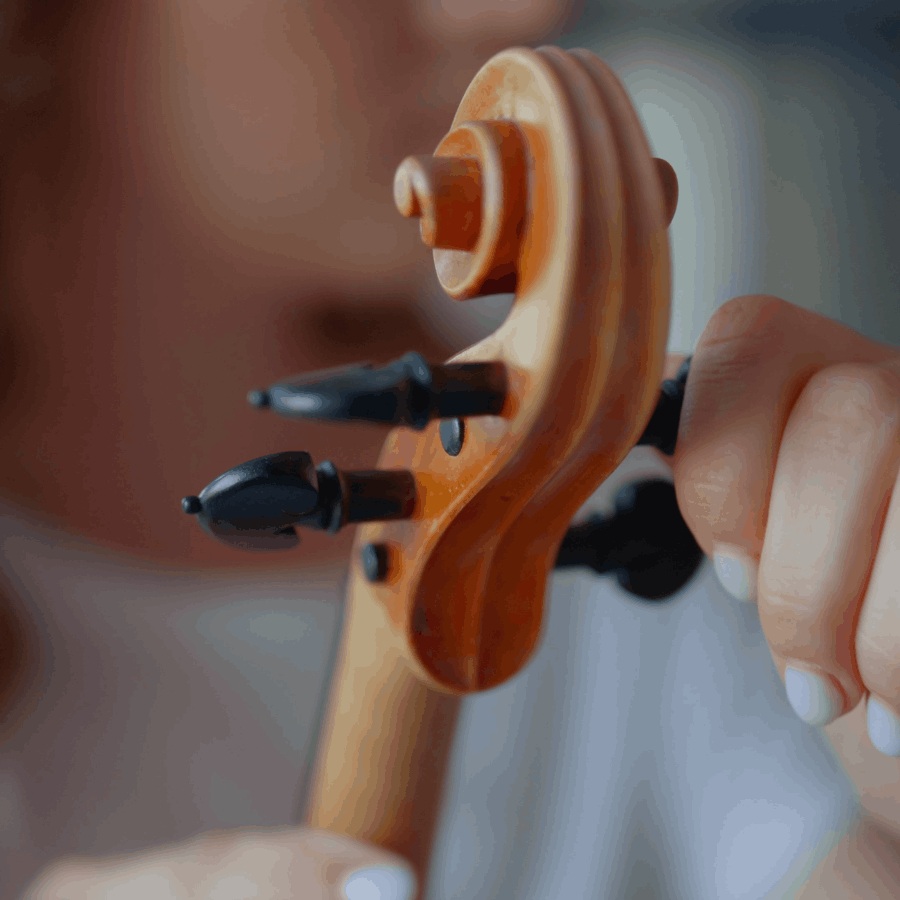
Getting the perfect pitch starts with tuning pegs nestled right at the top of your violin.
Gently twist them, and you’ll notice the pitch of each string rises or falls.
Mastering this takes a gentle touch; turning the pegs too forcefully can snap a string!
To fine-tune, you’ll use the fine tuners at the tailpiece end of your violin.
They make minute adjustments easier, ensuring each note you play is pitch-perfect.
Daily Care and Storage
Your violin is robust and sturdy, but this doesn’t mean it doesn’t need extra care and attention.
Wipe down your strings and chin rest each day after playing to keep them free from rosin build-up and sweat. It’s simple but makes a world of difference!
Also, make sure to give your violin proper storage. It’s like giving it a snug little bed to rest in. Always store your violin in its case with a latch to protect it from humidity and temperature changes.
This little ritual keeps your musical buddy pristine and ready for your next practice.

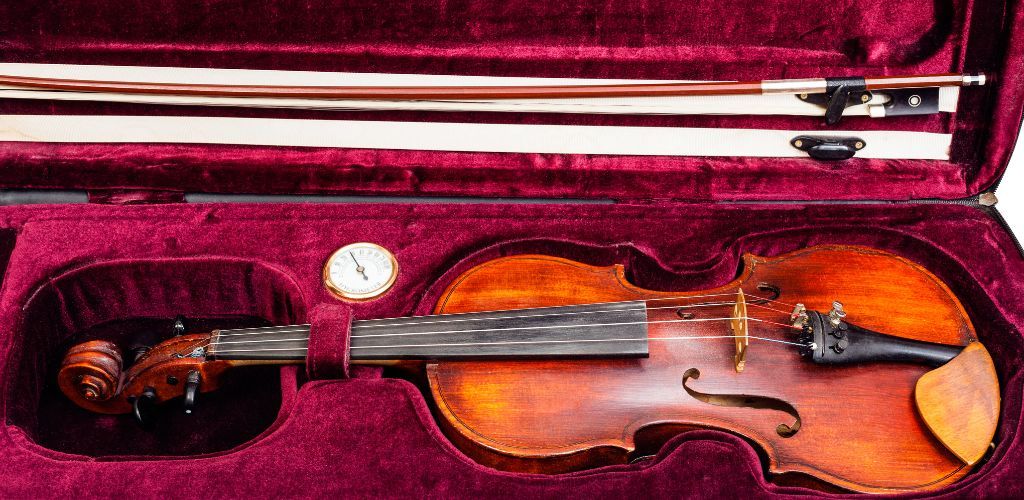
Excellent Violins
I have Played
If you’re wondering what violins I highly recommend, the following models are the answer! These violins not only deliver the quality you need but are also worth their prices.
YAMAHA V3 STUDENT VIOLIN OUTFIT, FULL-SIZE
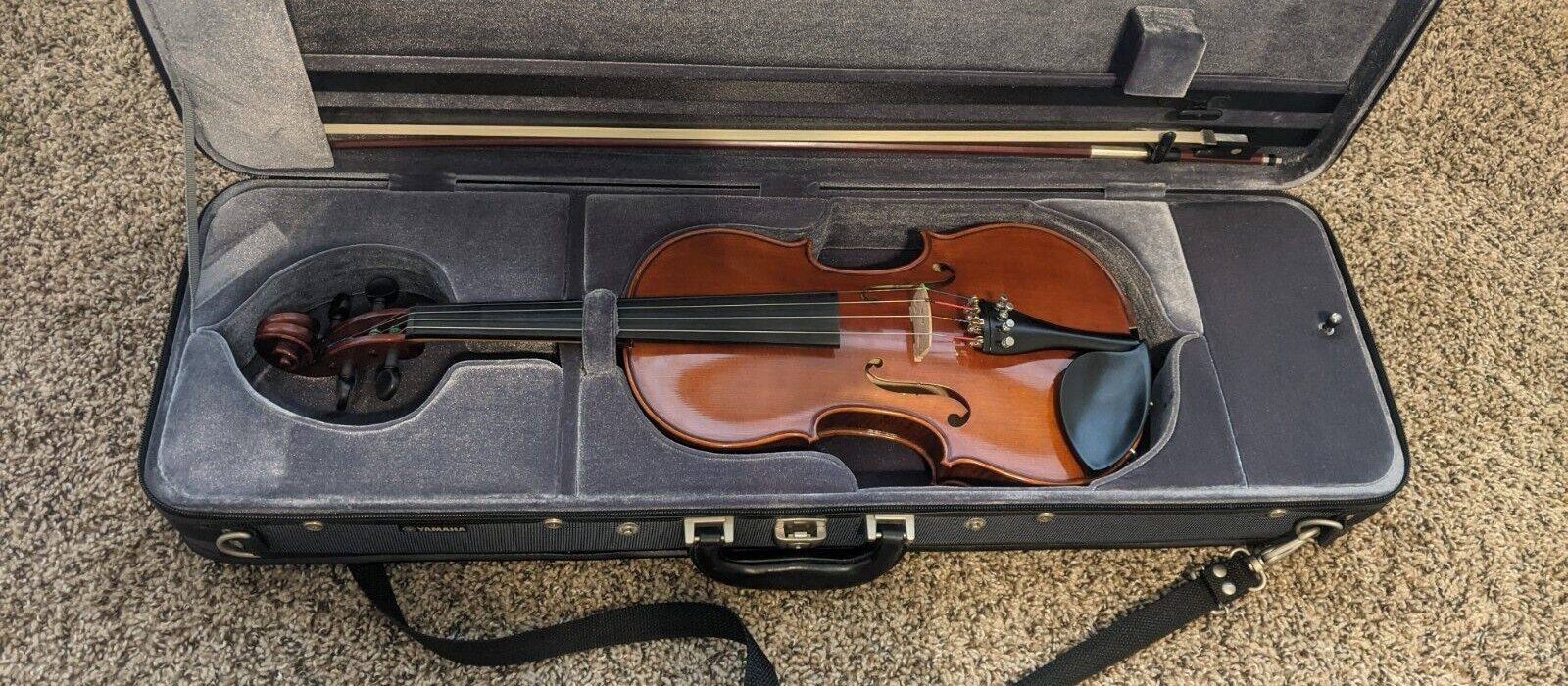
I usually recommend the Yamaha V3 Student Violin Outfit in full size for my students. I’m thoroughly impressed with its quality and sound, especially considering it’s designed for students.
The construction is solid, it holds tuning well, and the included bow and case make it an excellent value for anyone looking for a reliable instrument.
Yamaha V3 Series Student Violin Outfit

FEATURES: Bold, bright tone, rich sounds with high-standard components of Ebony, Spruce, and Maple
OTHER INFO: No tuning worries with the easy-to-use Wittner adjusters
- Includes case, bow, and rosin
- Register for a 5-year extended warranty and 3-month Tomplay Premium
- Some users may prefer different strings or accessories
When you click ‘Check Price’, you’ll see there are loads of great places to buy this item. Our personal favorite is Sweetwater for the US, and Thomann and Gear4Music for the UK & Europe.
They are the largest music retailers, with excellent customer service, competitive prices, really fast shipping, and the longest guarantees.
The professional musician who wrote this article combined many things,
from the product build, manufacturer’s reputation through to feedback
from other users, to create our famous TedScore™.
GEWA Guarneri Model La Companella Soloist Professional Violin
I had the pleasure of playing the GEWA Guarneri Model La Companella Soloist Professional Violin, and its rich, warm tone, coupled with exceptional craftsmanship, truly sets it apart as a professional-level instrument.
Although it costs more, it’s worth the investment, especially for virtuosos.
GEWA Guarneri Model La Companella Soloist Professional Violin

FEATURES: Designed by master luthier Thomas Boehme
OTHER INFO: built in and around a finely grained spruce top for optimal sonic performance
- Hand-applied oil varnish flaunts a head-turning gold-brown-ambered color
- Inlaid purfling, an ebony fingerboard, and boxwood fittings
- Expensive
When you click ‘Check Price’, you’ll see there are loads of great places to buy this item. Our personal favorite is Sweetwater for the US, and Thomann and Gear4Music for the UK & Europe.
They are the largest music retailers, with excellent customer service, competitive prices, really fast shipping, and the longest guarantees.
The professional musician who wrote this article combined many things,
from the product build, manufacturer’s reputation through to feedback
from other users, to create our famous TedScore™.
Primavera 90 Violin Outfit, Full Size
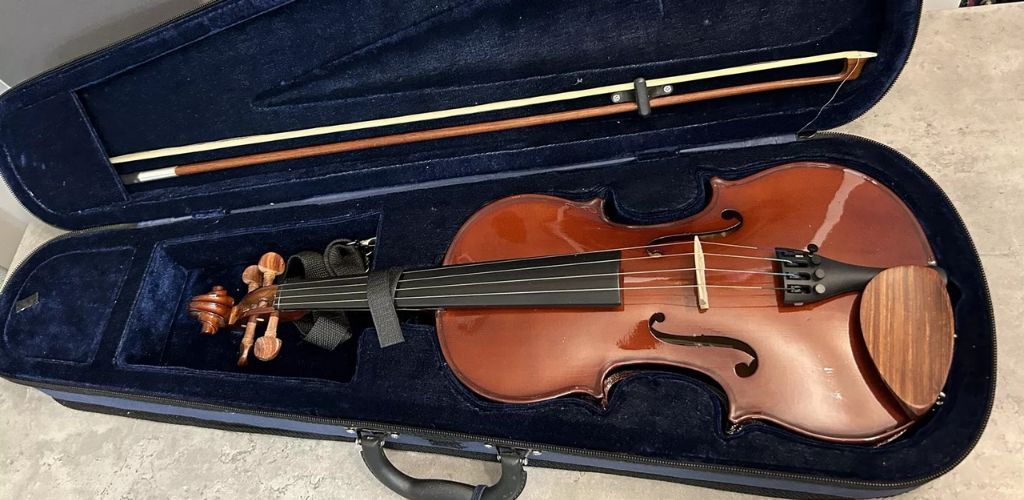
I find the Primavera 90 Violin Outfit in full size fantastic for an affordable yet fine-quality beginner violin. It has excellent sound quality and playability at an affordable price.
The outfit has everything a beginner needs, including a full violin bow and case!
Primavera 90 Violin Outfit

FEATURES: Fantastic build quality and a brilliant natural finish
OTHER INFO: Hand-carved maple and spruce body
- Rosewood chinrest, pegs, and hardwood fingerboard
- Includes a case, bow, and rosin
- Steel strings that you may want to upgrade to Dominat or other brands you prefer
When you click ‘Check Price’, you’ll see there are loads of great places to buy this item. Our personal favorite is Sweetwater for the US, and Thomann and Gear4Music for the UK & Europe.
They are the largest music retailers, with excellent customer service, competitive prices, really fast shipping, and the longest guarantees.
The professional musician who wrote this article combined many things,
from the product build, manufacturer’s reputation through to feedback
from other users, to create our famous TedScore™.
Diagram of the Violin:
Key Takeaways
Congratulations! You now know the anatomy of the violin (good thing it doesn’t have blood and veins inside it, or it will be bloody!).
The upper parts of a violin consist of the dramatic scroll, pegbox, tuning pegs (that don’t want too much pressure), fingerboard, neck, and nut.
The Violin Body consists of the body, top plate, sound post, F-holes, bridge, tailpieces, tailpiece anchors, and chin rest.
The Violin strings are responsible for making your instrument sing its lovely melodies.
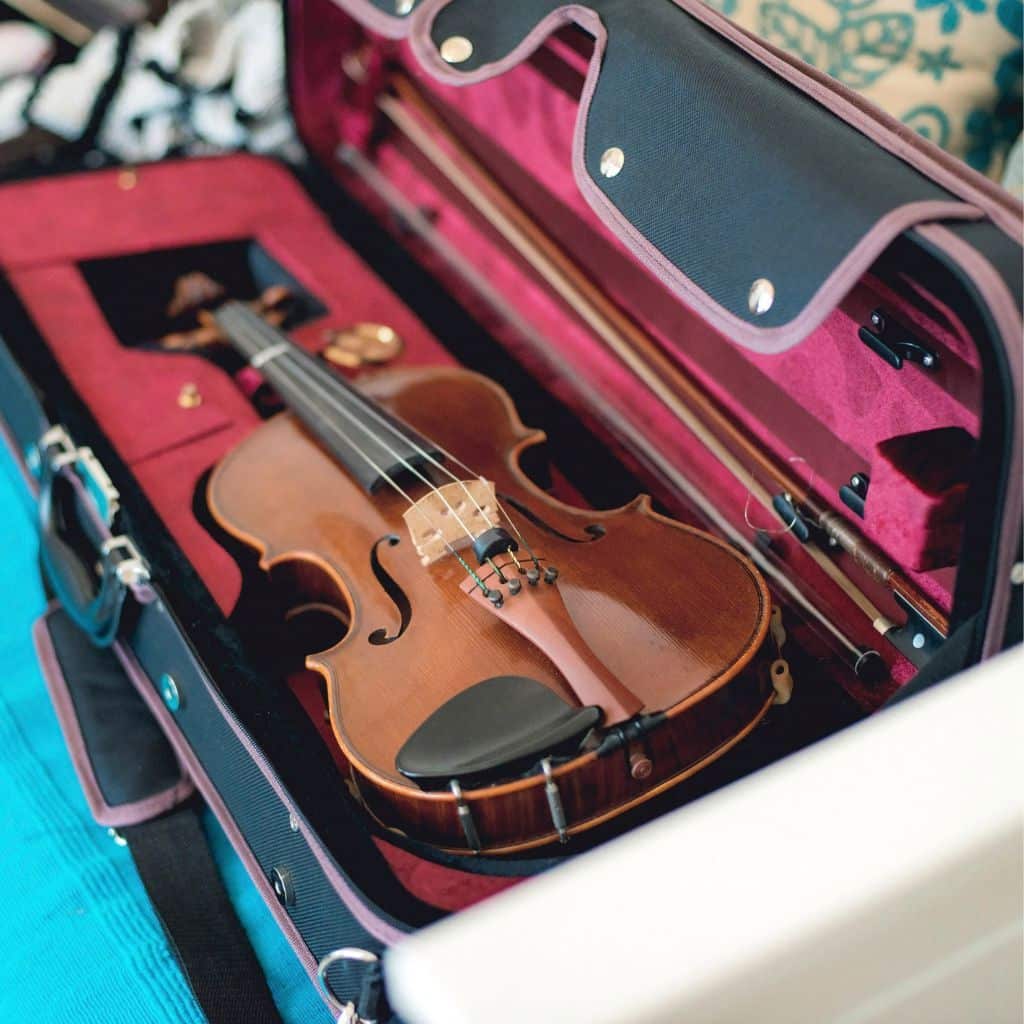
Oh, and let’s not forget the bow. It’s part of the ensemble, too (though it’s not on the violin’s body!). Its horsehair and wood blend brings the strings to life when they meet.
And there you have it—a brief tour of the violin’s diagram. Each part plays a unique role in the music, creating depth and richness unique to the violin’s voice.
Now, it’s time for you to explore and enjoy the symphony these parts create!
Wait! Before you go…
If you enjoy what you’ve learned in this article and want to learn more, read the following article to learn more about the different violin string notes. This would make you a violin genius!
FAQ's
The main parts of most violins are the body, neck, fingerboard, pegbox, scroll, bridge, tailpiece, and four strings. Additionally, it has tuning pegs, a sound post, f-holes, chin rests, and fine tuners on the tailpiece for small adjustments on string tension.
Violin parts, whether modern or classical, are meticulously crafted and assembled. The wooden body is glued together for resonance, and the neck is securely fitted to the body. The bridge is carefully positioned on top of the violin neck and the body to support the strings stretched from the tailpiece over the violin bridge, up the fingerboard, and attached to the tuning pegs in the pegbox.
The most important part of the violin is arguably the body, specifically the soundboard, since its main function is to amplify the vibrations of the strings into the rich, full-tone characteristic of the violin. The quality and craftsmanship of the body, including the wood selection and shape, greatly influence the instrument’s tone and playability.
Violins have f-holes because they serve as sound holes that allow air to move in and out of the instrument’s body, which is crucial for the production and projection of sound. The specific shape and placement of the f-holes (near the c bouts) are designed to maximize the efficiency of the violin’s soundboard by distributing the vibrations across the surface. Furthermore, the f-holes contribute to the instrument’s characteristic tone by influencing how the sound waves resonate within the hollow body part of the violin.



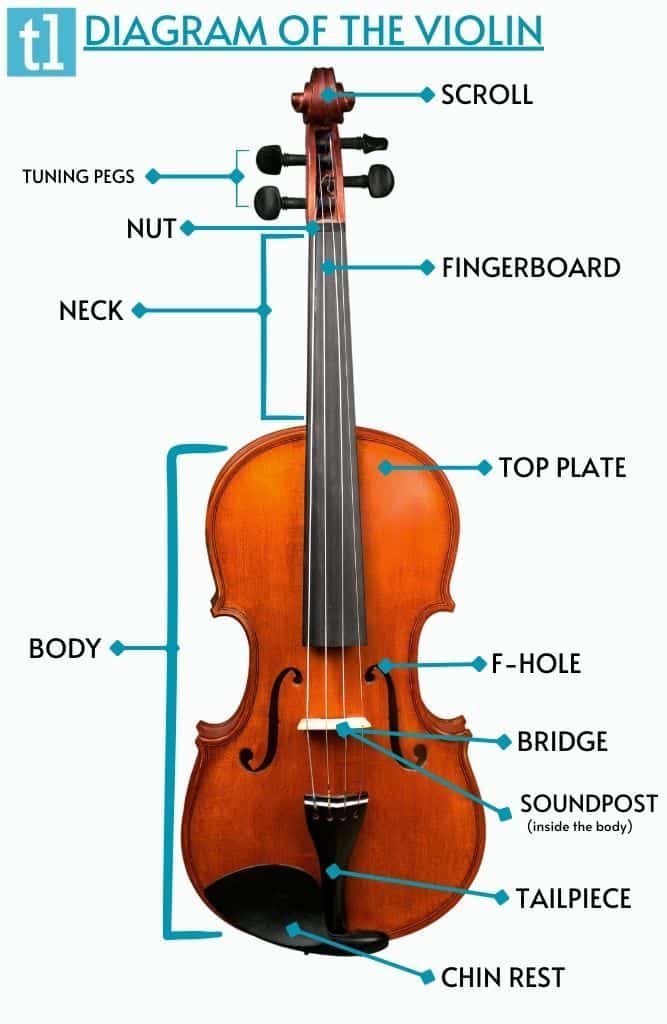
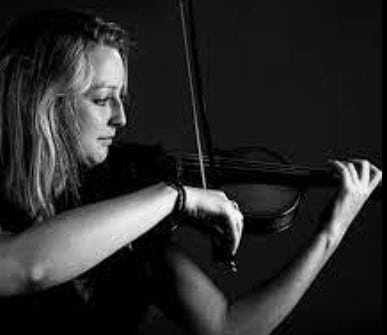






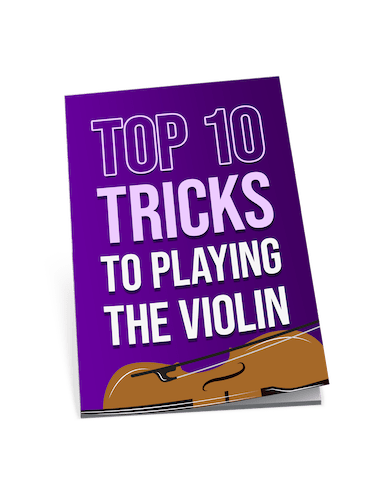
Ever think about how violins and violas are like the coffee and tea of the string family? No? Just me?
Delighted to read your suggestions, Anna Bringham, about the excellent violins available on the market. The Yamaha V3 Student Violin has personally been a favorite of mine to recommend to beginners due to its quality and affordability. However, the Gewa Guarneri Model stands out as an exceptional choice for those moving into their professional phase. An elaboration on these models, discussing their build quality, sound richness, and suitability for various playing levels, would benefit many prospective buyers. Also, your inclusion of the Primavera 90 is interesting; although not as widely acclaimed, it indeed offers great value for its price.
yo, can i self learn violin like guitar or nah? is it harder?
Really appreciate the breakdown of the violin’s anatomy, Anna! As a music teacher, it’s crucial to get these details right for my students. The clear division between the upper part and the body of the violin helps in understanding not just the playing technique but also the care involved. Could you also touch upon how different materials affect the sound? That would be incredibly helpful for my advanced students looking into buying their instruments!
Thanks, VinylVince! Totally agree. And yes, SophieStrings, older wood tends to resonate more!
Does the age of the wood matter too?
EllieM, spot on with the material question! In my experience, the wood type makes a huge difference in sound warmth and resonance.